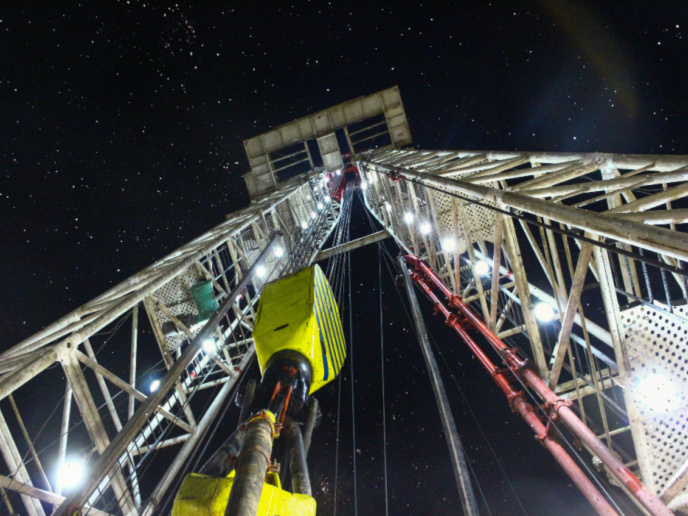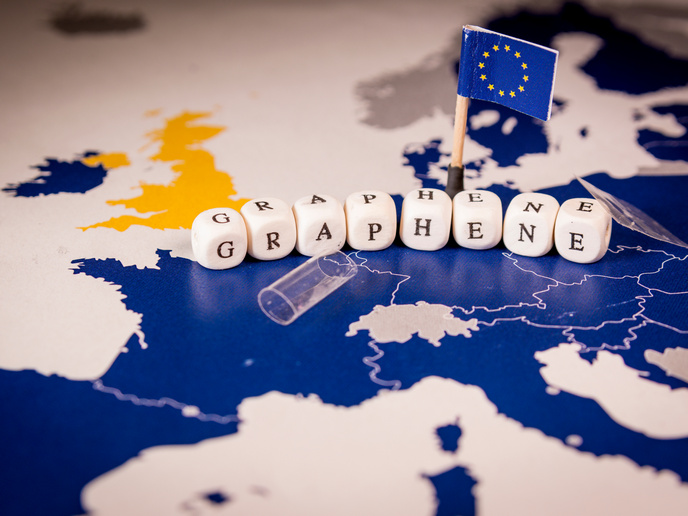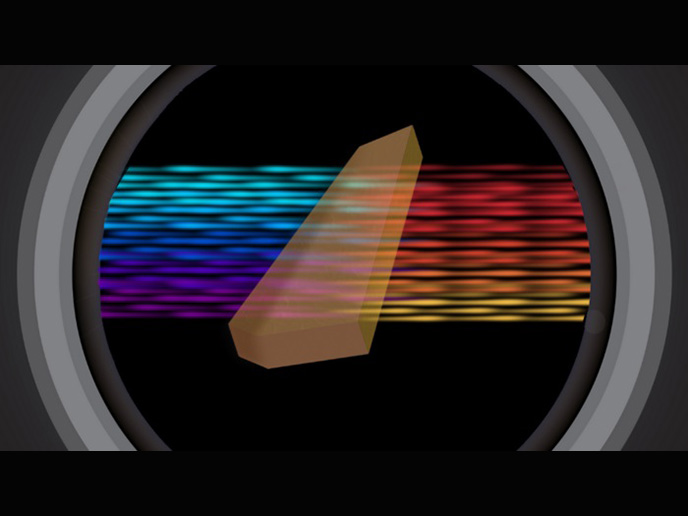Holistic technology cuts the cost of geothermal drilling
Geothermal energy is a low-carbon resource that could meet the heating, cooling and electricity demands of the future. Despite its potential, geothermal energy is prevented from making a bigger impact due to the perceived costs associated with drilling operations and its long development cycle. “The process of geothermal drilling itself is capital intensive, often accounting for up to 50 % of total costs for a planned geothermal project. Associated costs are exponentially higher in enhanced geothermal systems (EGSs) owing to increased drilling distances, tripping times and harsh environments,” explains Namrata Kale, coordinator of the EU-funded Geo-Drill(opens in new window) project. EGS technology is a process used to enhance permeability in geological formations, by increasing fracture networks and fluid pathways, allowing injected water to be heated naturally, as it passes through the fractures.
A reliable, low-cost down-the-hole hammer
Geo-Drill developed a down-the-hole (DTH) hammer that operates with an innovative valve system that is more durable and has longer-lasting performance. Unlike traditional fluid hammers, Geo-Drill’s DTH hammer is driven by bistable fluidic oscillators that allow much greater tolerances in the percussion mechanism. “Our new hammer demonstrates increased reliability, overcoming a number of issues associated with conventional air/fluid hammers, through the reduction of internal parts subject to high rates of wear/failure,” remarks Kale.
Improved monitoring sensors and material engineering
Researchers developed robust, low-cost 3D-printed sensors that provide real-time data on drilling operations, e.g. bit/rock interaction, impact energy and blow frequencies. Flow assurance simulations combined with the sensor readings and a knowledge-based system aid in the optimisation of drilling parameters and of the cuttings transport performance. The development of graphene coatings added to the overall improvement and lifetime of the drill components, giving them enhanced substrate adhesion and dispersion properties and improved resistance to abrasion, erosion, corrosion and impact.
Rigorous testing of technologies
Technologies developed throughout the course of Geo-Drill were subjected to full-scale laboratory testing under realistic reservoir conditions using the in situ Borehole and Geofluid Simulator at the International Geothermal Centre (IEG) in Germany. “We have developed a holistic technology that offers a safe, economic and efficient methodology for high-performance geothermal drilling. The project’s overall goal is to reduce drilling costs by up to 60 %,” notes Kale. “Unlike most drilling systems, our holistic approach to in-hole tooling simplifies the procurement/logistics aspects for both developers and contractors. Ensuring that all equipment shipped to a drill site is fully compatible is a major bonus, resulting in reduced operational times,” concludes Kale.







